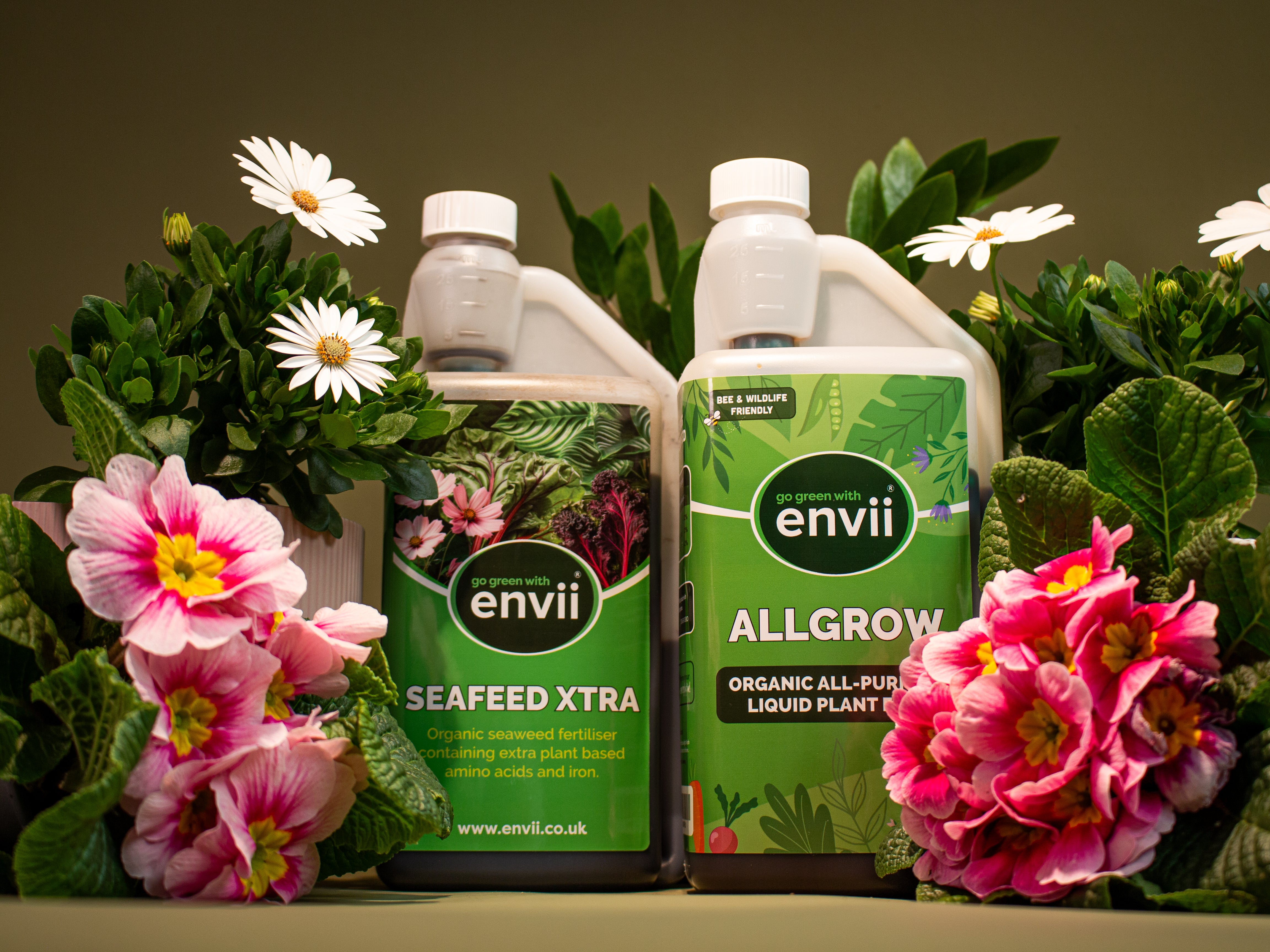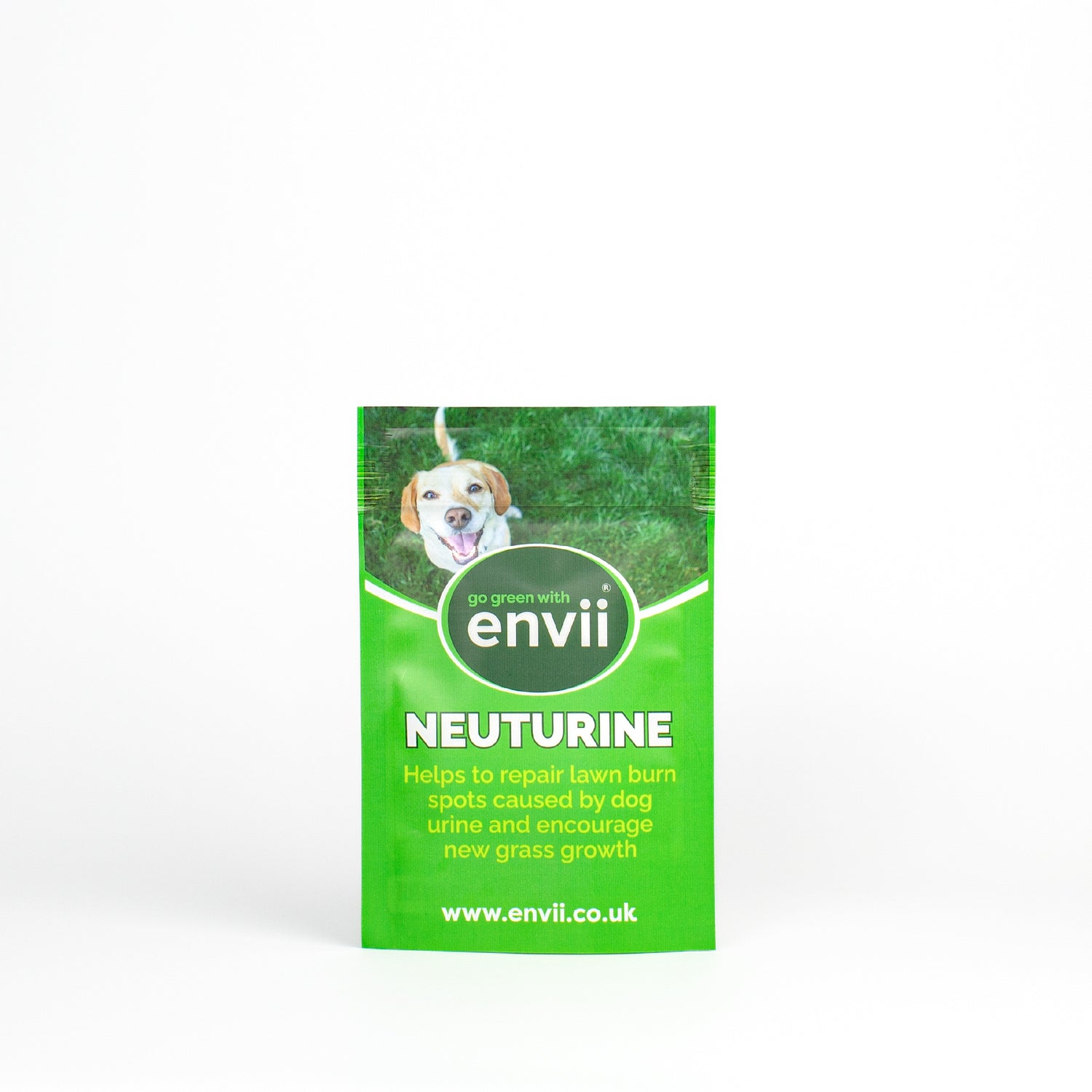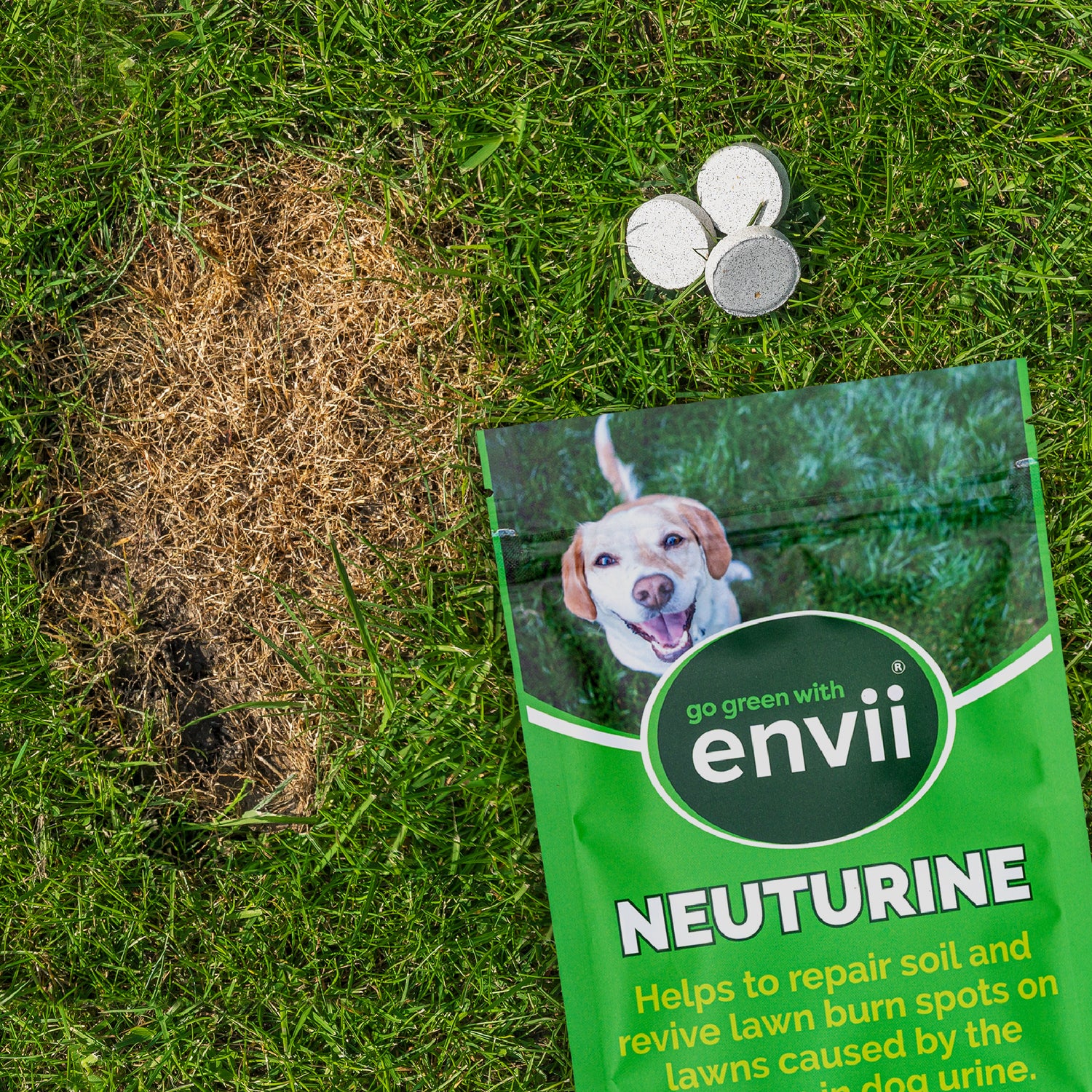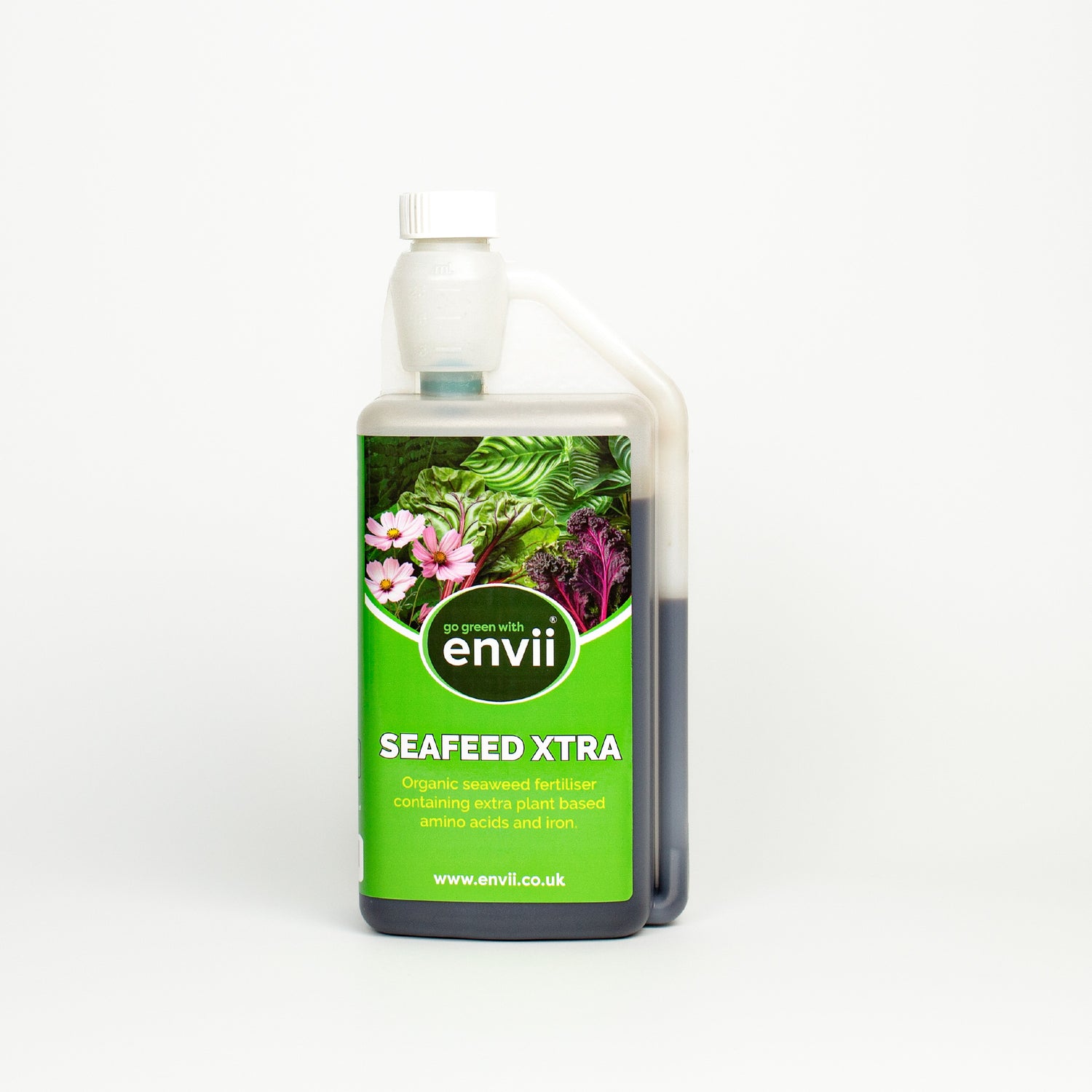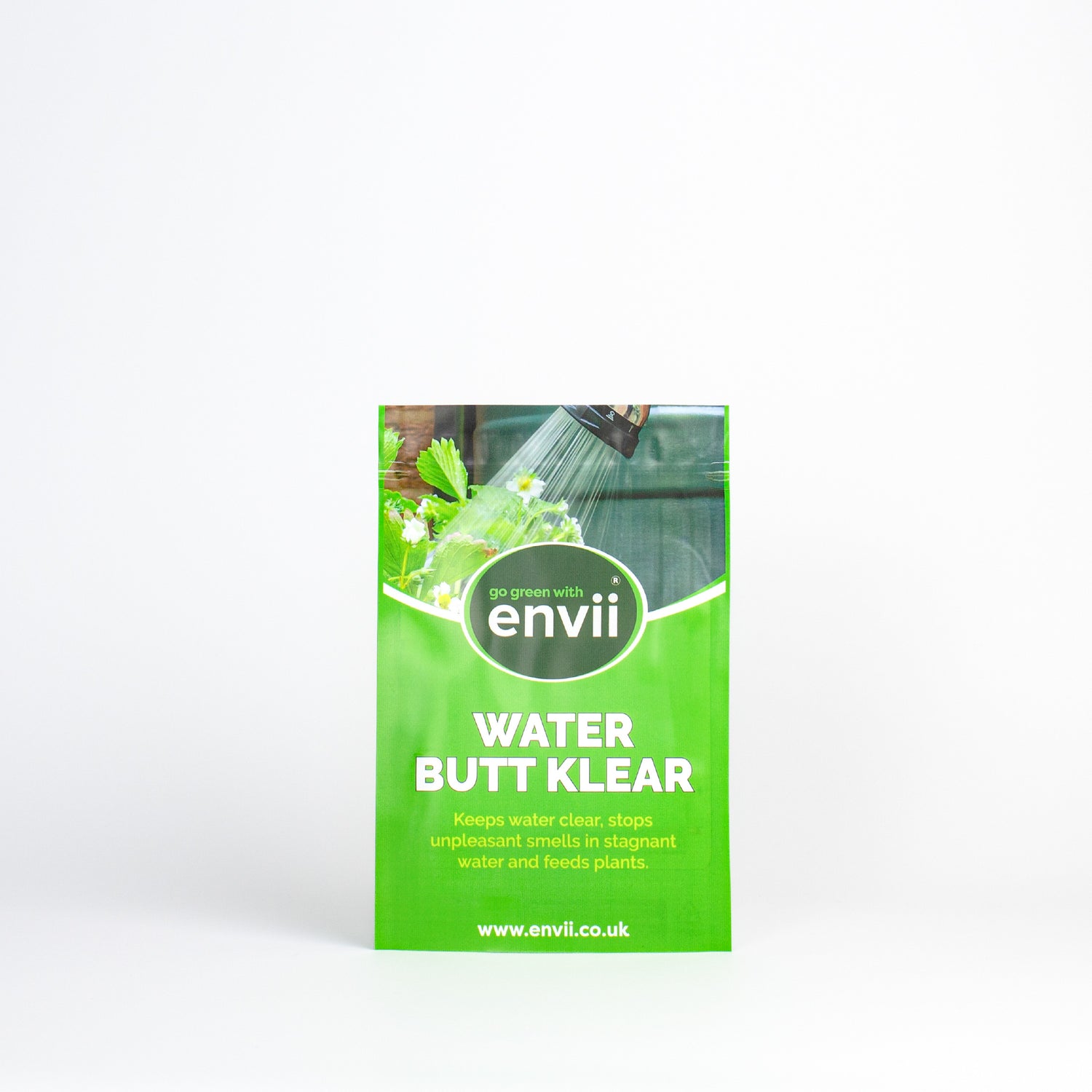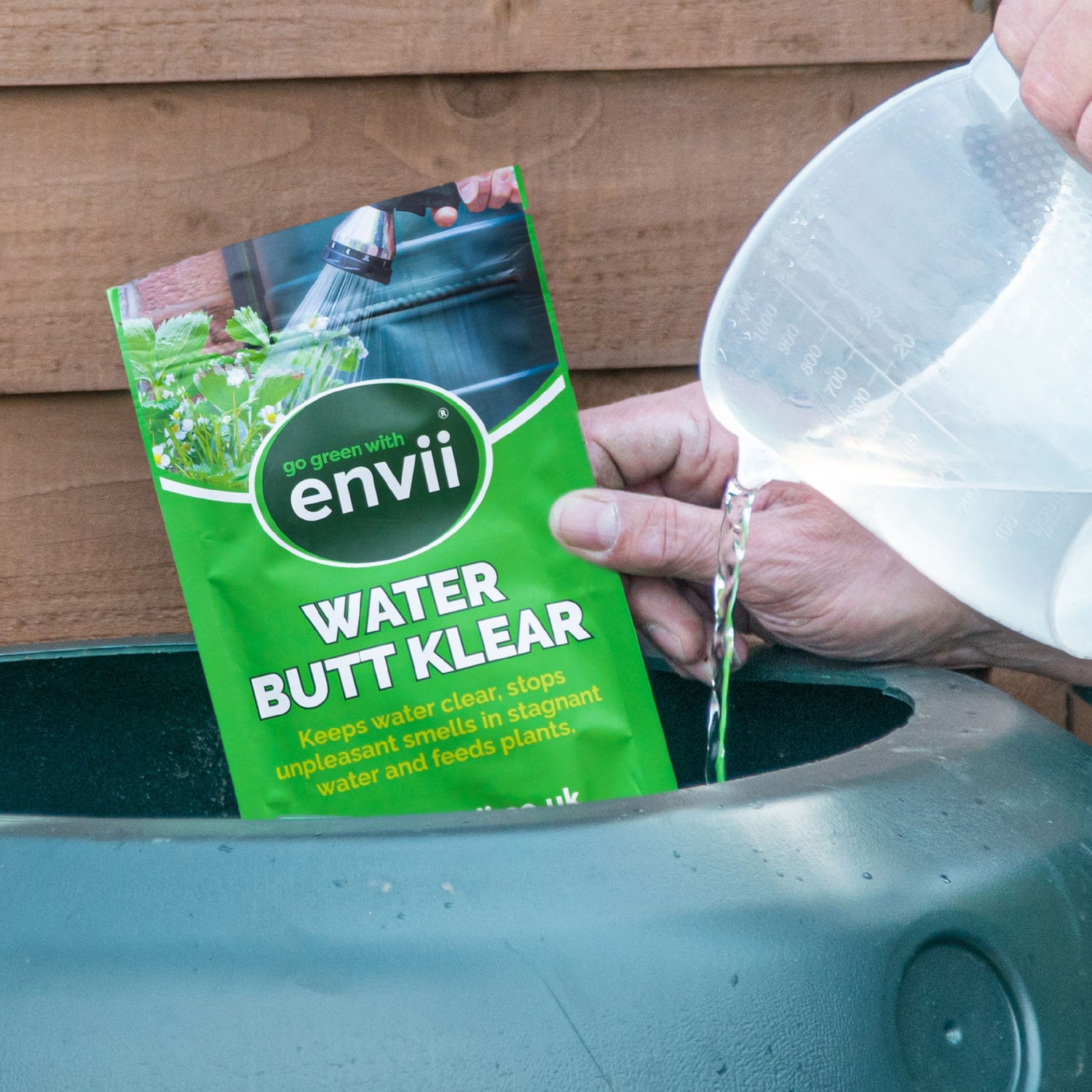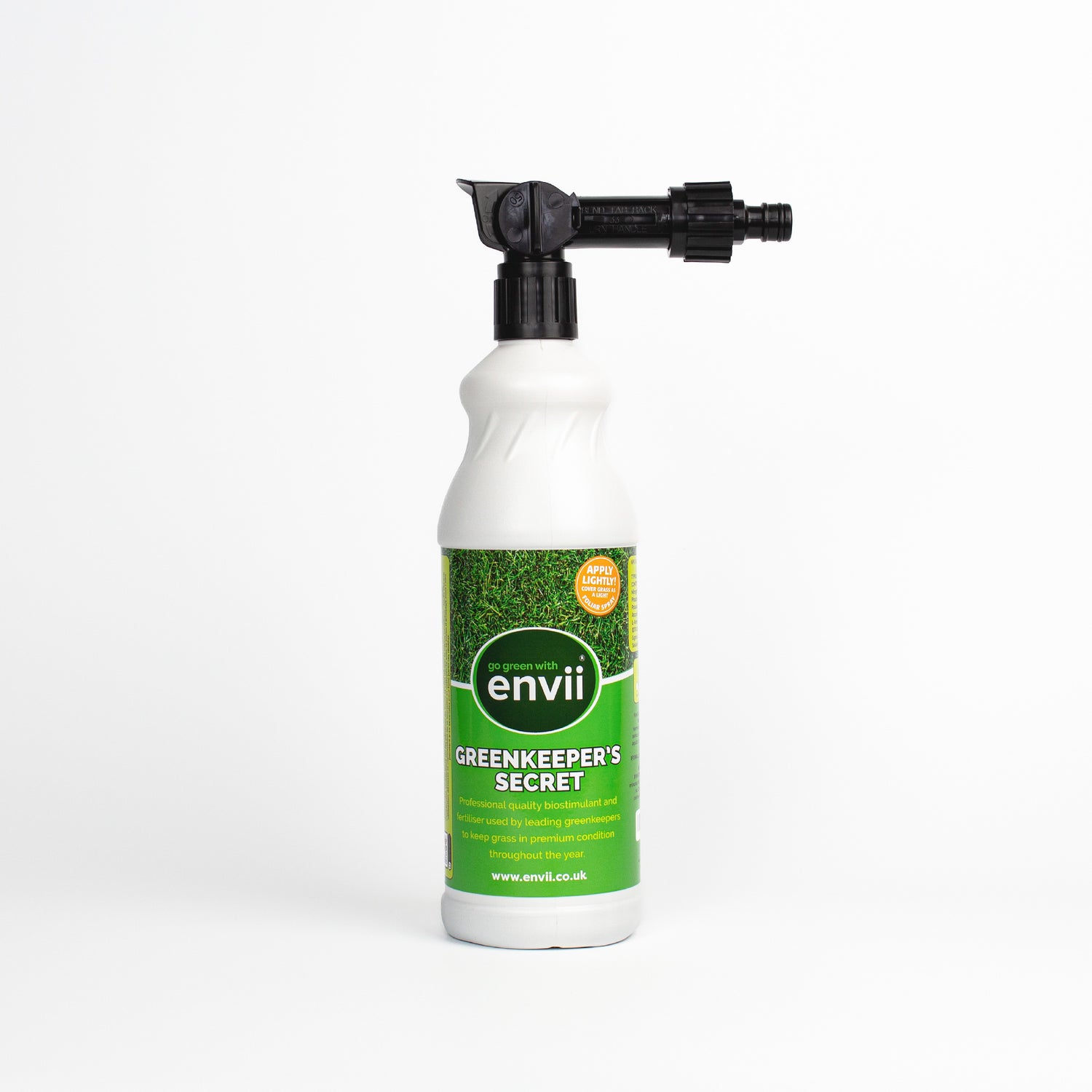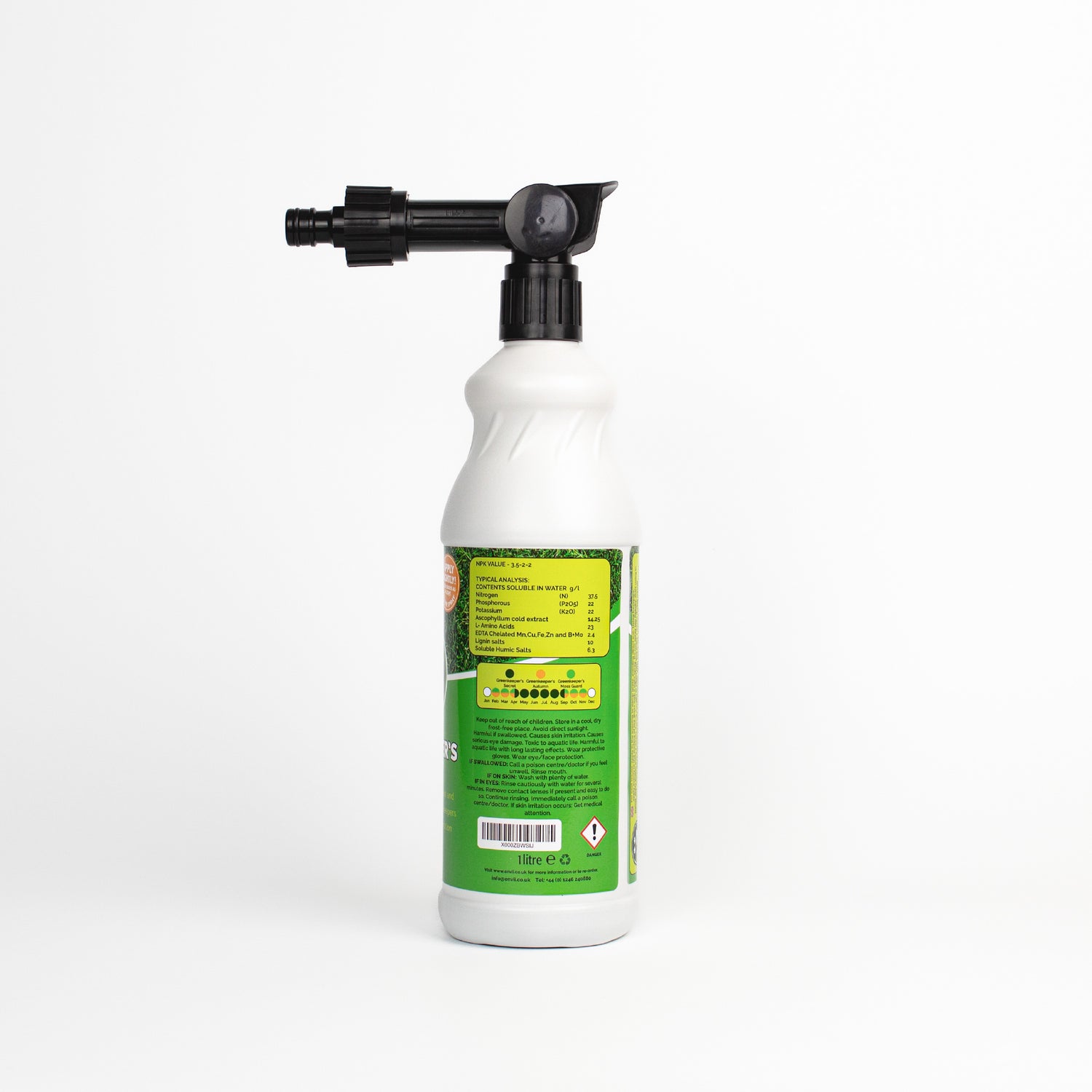There are many ways to encourage pollinators, whether it is including different varieties of plants or building a bug hotel, you just need to find the ones that’ll be successful for your garden. Pollinators come in all shapes and sizes from bumblebees to hummingbirds and bring many benefits along with them. One of these benefits is that they help your plants set seeds and fruit. So if you want high fruit production, you need to look after them.
Let your garden go wild for pollinators
A lot of the plants that grow naturally in your garden are great for pollinators, so if you’re willing to let your garden go wild, then do it! The plants that you are wanting to eradicate from your lawn are a favourite like dandelions, daisies, and clovers. You could even create a mini wild garden; this would allow the natural plants to flourish without disruption. So, if you can hold off the lawn treatments, you can create an ideal haven for many different pollinators.
Building a bug hotel
If you are not keen on the idea of letting your garden go free, then there are other ways to help encourage pollinators. You could build a bug hotel; this is not only ideal for pollinators but many other insects and wildlife. Bug hotels are simple to build but very effective as they act as a safe space, in the colder months.
Having attractive plants in your garden
Pollinators can be picky about where they decide to land, so make sure your garden is appealing to them. One of the best ways to attract them over is to have plants that are full of colour, like Sunflowers, Lupins, or Echinaceas. These flowers come in different varieties and have many benefits; for example, Echinaceas are great because they produce pollen throughout the day, instead of only in the morning. So, make sure to include as much colour as possible in your garden because different pollinators are attracted to different colours.
Positioning plants for pollinators
Not only do pollinators like colourful blooms, but they also appreciate where plants are situated. Planting flowers in clusters helps insect pollinators, as they can then float from flower to flower with ease. Grouping your flowers together means that the pollinator’s job becomes simpler. This is because they have to carry the pollen from flower to flower, so a shorter distance is preferable. Additionally, you can plant flowers in sunny sheltered locations, making it ideal for pollinators to reach the plants.
Extending the pollination season
Another way to encourage pollinators into your garden is to make the most of the pollination season. Most plants produce pollen in Summer, so it’s important to choose plants that produce pollen earlier and later in the year. The ideal plants for pollination in Spring are Ivy and Snowdrops and for later in the year, Chrysanthemums and Asters. Including these flowers in your garden will create a much longer pollination season.
Providing a source of water
All year round it is important to provide pollinators with a water source as it is essential for survival. Especially, on the warmer days, pollinators find it much more difficult to find readily available water, around highly pollinated areas. So why not give them a helping hand by adding water sources into your garden? You may have a natural source like a stream but if not, you can add one like a bird path or natural pond.
Share
